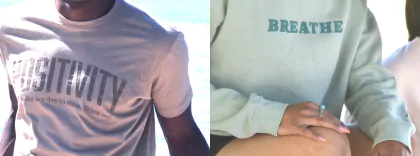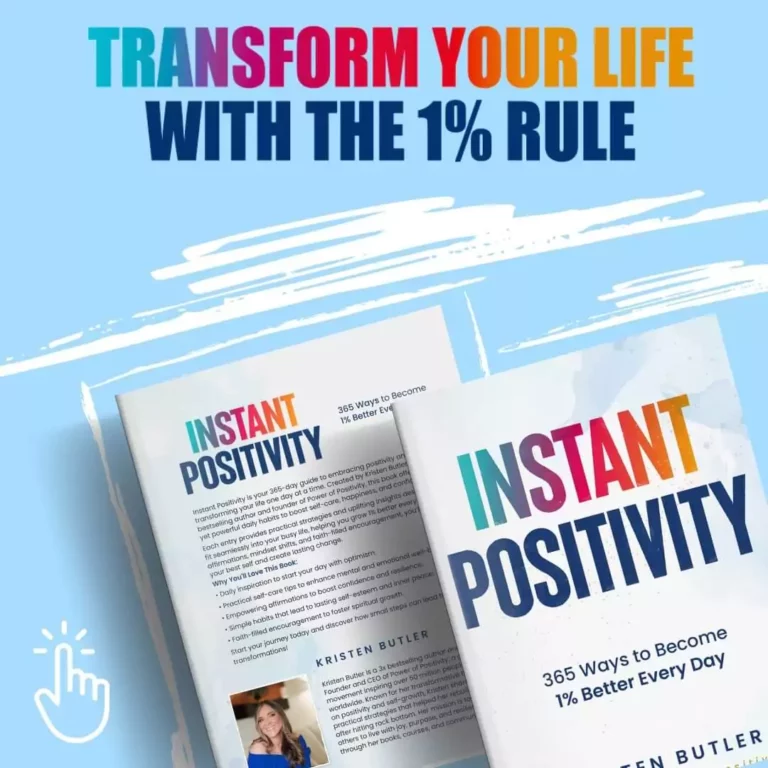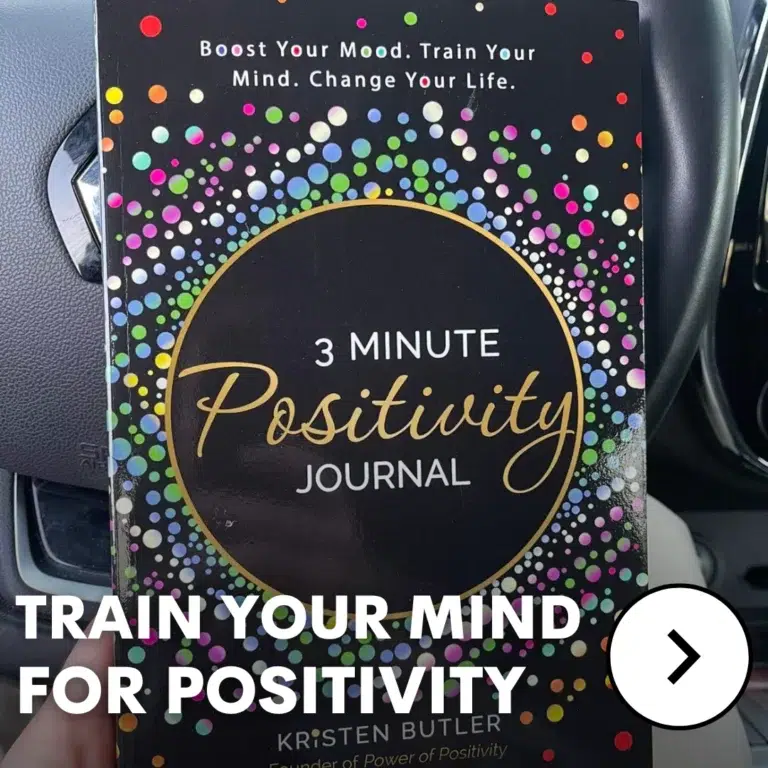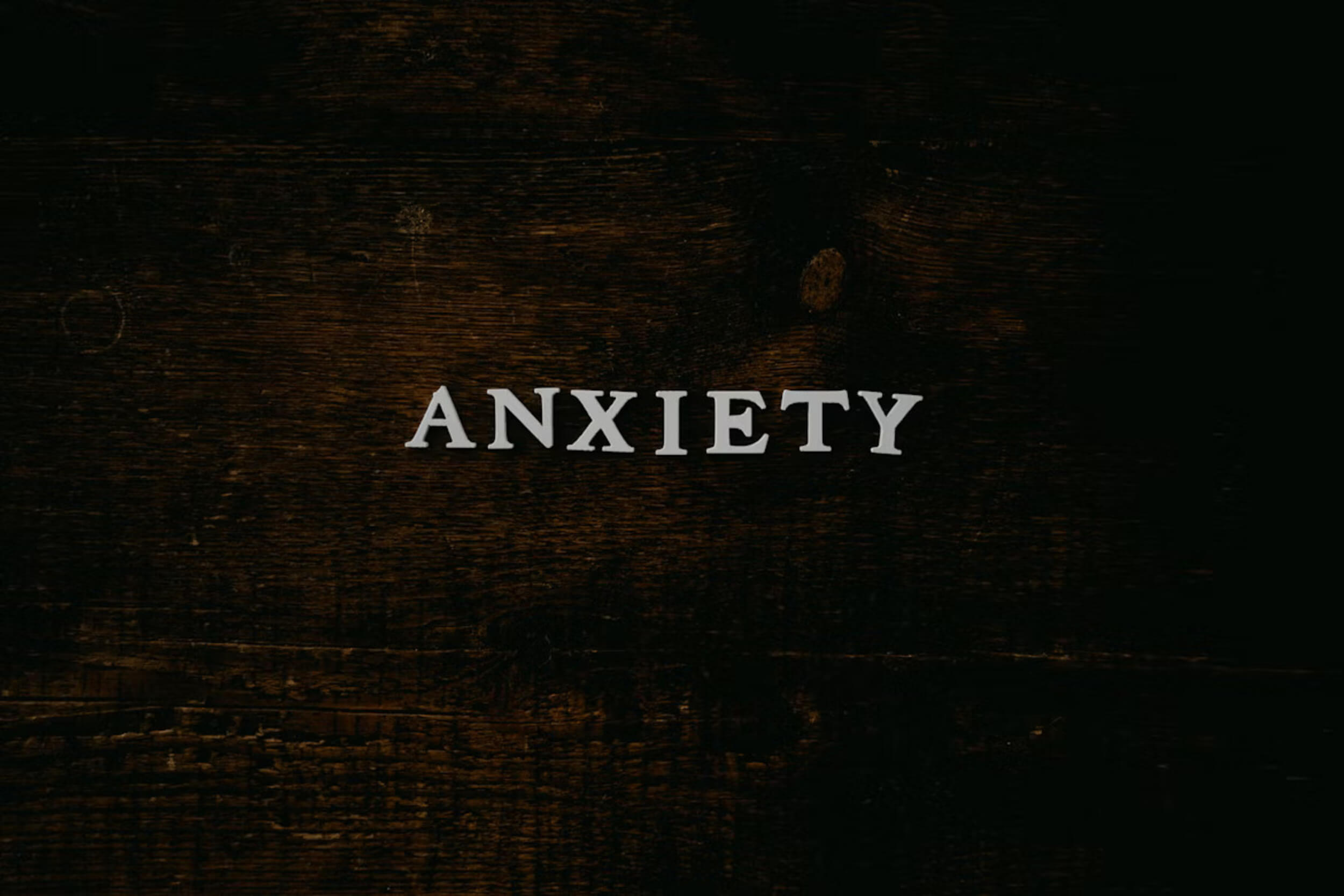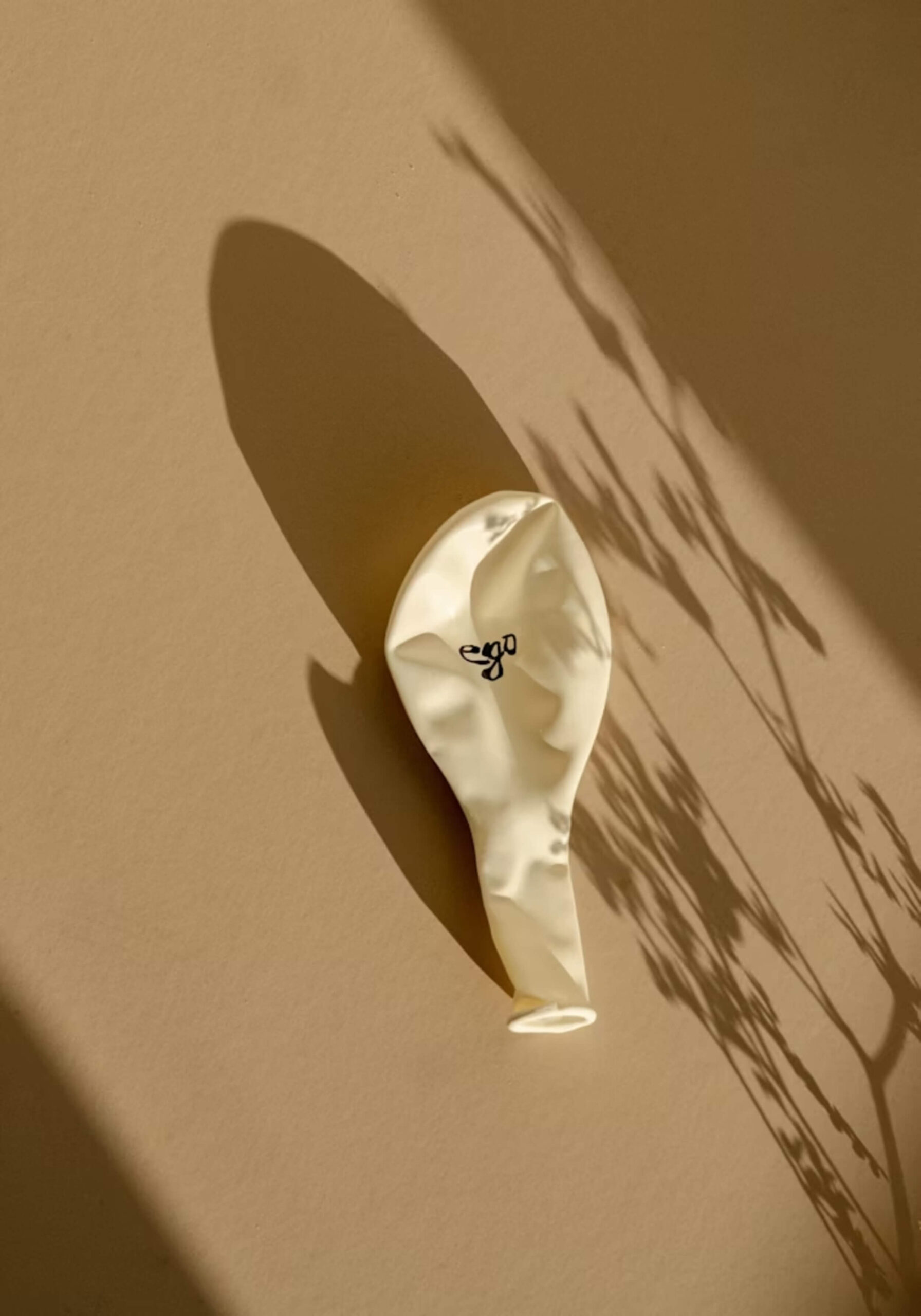Not every workout has to leave you sweating or sore to make a difference. Some of the most helpful movements are the ones that feel the easiest to start. Low-pressure workouts aren’t about pushing harder—they’re about moving in a way that feels doable, especially on days when your energy or motivation is low.
These kinds of workouts are gentle on your body. They don’t strain your joints or leave you drained afterward. Instead, they build strength, help with balance, and support your mood—all without a heavy cost.
Think of short walks, slow stretches, seated exercises, or even light movements during a music break. If it helps you move more often and with less stress, it counts. Low-pressure workouts keep things simple so you can keep showing up, no matter what kind of day you’re having.
When You’re Tired, Sore, or Just Not Up for “Pushing Through”
Some days, even thinking about exercise feels like too much. Whether it’s from chronic pain, low energy, stress, or just life getting heavy—those are the days low-pressure workouts make the biggest difference.
They’re made for moments like this. You don’t need to be full of energy or feeling your best. These kinds of workouts meet you where you are and help you move gently without adding more pressure. That way, you’re still taking care of your body without overdoing it.
Consistency matters more than intensity. Low-pressure workouts help you keep moving forward—especially when “pushing through” just isn’t the right answer.
Low-Pressure, High-Payoff Moves Worth Trying
Simple movements can go a long way. These five low-pressure workouts have been tried by many people looking for gentle, helpful ways to stay active. Each one is easy to start, kind on your body, and offers real results over time.
1. Wall Angels
Stand with your back against a wall, feet a few inches away. Keep your arms bent and raise them slowly, like making a goalpost. Try to keep your elbows and hands touching the wall as you slide them up and down.
This move helps improve posture and shoulder mobility without needing weights or fast motions. It’s great after a long day of sitting or hunching forward. Just a few slow reps can reset how your upper body feels.
2. Rocking Cat-Cow (on all fours)
Start on your hands and knees. Gently arch your back upward, then let it sink down as you lift your chest. Add a soft rocking motion by shifting slightly forward and back as you move.
This version adds more flow and helps loosen up a stiff spine. It’s a calming, low-pressure way to stretch your back and neck. People who sit for long hours or wake up sore often find this one really helps.
3. Side-Lying Leg Lifts
Lie on your side with your legs straight. Rest your head on your arm. Slowly lift your top leg, then lower it with control. Don’t let it swing—keep the movement steady.
It may feel small, but it strengthens your hips, legs, and glutes without standing or putting pressure on your knees. You can do this in bed or on a mat. It’s a great start for anyone easing into lower-body workouts.
4. Supported Squat Hold (using a wall or chair)
Stand with your back against a wall or hold the back of a chair. Lower yourself slowly into a squat and hold the position for a few seconds. Stand back up and repeat.
This strengthens your legs and core without jumping or rushing. It’s a slower move that gives muscles time to build up, especially if you’re working around sore knees or joints. Add time as you get stronger.
5. Modified Dead Bug (core activation)
Lie on your back with knees bent and arms straight up. Slowly lower one leg and the opposite arm toward the floor, then bring them back to center. Switch sides.
This core move trains balance and body control. It’s gentle but helps support your back and posture. If crunches or planks feel too tough, this is a low-pressure workout alternative that still targets deep core muscles.
Tiny Routines That Actually Stick
Some people think workouts have to be long to count. But the truth is, even five minutes can make a difference—especially when you do it often. Low-pressure workouts work best when they feel easy to start and easy to keep up with.
Here are a few simple ways to build habits that don’t feel like a chore:
• Pick two or three moves from earlier and turn them into a short daily combo
• Do one exercise every time you take a break from your screen
• Give each day a movement theme—like “core on Monday” or “legs on Wednesday”
The goal is to keep things simple. These tiny routines help you stay consistent and feel better without stressing your body.
3 Low-Pressure Workouts You Can Do Without Thinking Too Much
Not everyone likes counting reps or following a strict plan. That’s why these low-pressure workouts are helpful—there’s no pressure to be perfect or push hard.
Try one of these ideas when you want to move, but don’t want to overthink it:
• Walk and Stretch – Go for a 10-minute walk, then spend 5 minutes doing any stretches that feel good.
• Timer Trick – Set a timer for 10 minutes. Rotate through 3–4 gentle moves at your own pace. Stop when the timer stops.
• Song Routine – Put on your favorite 3-minute song. During the whole song, do a mix of light exercises—maybe some shoulder rolls, leg lifts, or side steps. No counting, just movement.
Each of these keeps things low-stress but still gives your body what it needs. Low-pressure workouts don’t have to be fancy—they just need to feel doable.
Low-Pressure Activities That Don’t Feel Like Workouts (But Are)
You don’t always need to set aside time for a workout. Some of the best low-pressure workouts happen during everyday life—and they don’t even feel like exercise.
Here are a few examples of things you might already be doing that actually help your body:
• Gardening – You’re squatting, stretching, lifting, and breathing fresh air
• Cleaning with music – Turn on a fun playlist and move while you tidy up
• Swimming or floating laps – Great for your joints and builds strength without impact
• Leisure biking – Ride slowly and enjoy the moment, no race needed
• Playing with kids or pets – Running, crawling, lifting—plus laughter is good for you too
You’re already moving more than you think. Just shift how you see it.
Things to Watch For (So Low Doesn’t Become “No” Effort)
Low-pressure workouts should still be intentional. They’re gentle, yes—but they still need your attention to work.
Here’s how to make sure you’re getting the most out of each move:
• Engage your core – Keep it gently tight to support your back
• Check your posture – Stand or sit tall, no slouching
• Focus on breathing – Deep breaths help your body stay calm and strong
• Move with control – Don’t rush or swing your limbs too fast
Even soft movements should feel like you’re doing something. You’re aiming for a stretch, a slight burn, or even just feeling a little looser than before. That’s how you know it’s working.
Final Thoughts on Giving Your Body a Break Without Giving Up Progress
Progress doesn’t always look intense. Some days, the real win is just showing up—even for five quiet minutes. Low-pressure workouts aren’t about slacking off; they’re about working with your body, not against it.
When movement feels safe and doable, it’s easier to keep going. You don’t dread it. You don’t quit after a week. You build a habit that lasts because it fits into real life—even the messy, tired, or busy parts.
Taking a gentler approach doesn’t mean giving up. It means you’re choosing something that supports you long-term. Low-pressure workouts are proof that small steps still move you forward.
